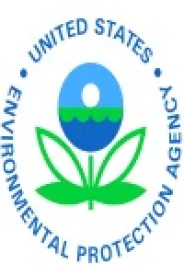Earlier this month, the Environmental Protection Agency (EPA) issued a lengthy "Draft Guidance for PM2.5 Permit Modeling" to assist agencies and the regulated community with how to proceed with PM2.5 modeling after the United States Court of Appeals for the District of Columbia Circuit issued its January 22, 2012 decision in the Sierra Club v. EPA case. This draft guidance was simultaneously released with the EPA Question and Answer document which explained the agency’s position on the use of significant impact levels (SILs) and significant monitoring concentrations (SMCs) in the post-Sierra Club regulatory climate. The draft PM2.5 modeling guidance is available here.
The draft guidance provides some very helpful information, the most important of which may be what the agency has proposed as "assessment cases" which define what, if any, air quality analyses are required of a permit applicant to demonstrate compliance with the PM2.5 NAAQS. Pursuant to the draft guidance, no modeling is required if a permit applicant falls within EPA’s "Case 1," which includes facilities with direct PM2.5 emissions below the 10 tons per year (tpy) significant emission rate (SER) and nitrogen oxides (NOx) and sulfur dioxide (SO2) emissions less than the 40 tpy SER. An applicant will only need to model primary air quality impacts if its direct PM2.5 emissions are greater than 10 tpy, but its NOx and SO2 emissions are less than 40 tpy (Case 2). An applicant will need to model primary and secondary air quality impacts if its PM2.5 emissions are greater than 10 tpy and its NOx and SO2 emissions are greater than 40 tpy (Case 3). Finally, an applicant will only need to model secondary air quality impacts if PM2.5 emissions are less than 10 tpy and its NOx and SO2 emissions are greater than 40 tpy (Case 4).
The draft guidance also addresses uncertainty associated with significant emissions rates, significant impact analysis, cumulative impact analysis and PM2.5 increment analysis. On the issues of SILs and SMCs, the draft guidance generally reiterates in greater detail the explanations EPA outlined in the Question and Answer document. See, MBF Client Alert for a more detailed discussion of this Q & A Document.
EPA is accepting public comments on the draft guidance, including the "assessment cases" until April 17, 2013.




 />i
/>i

